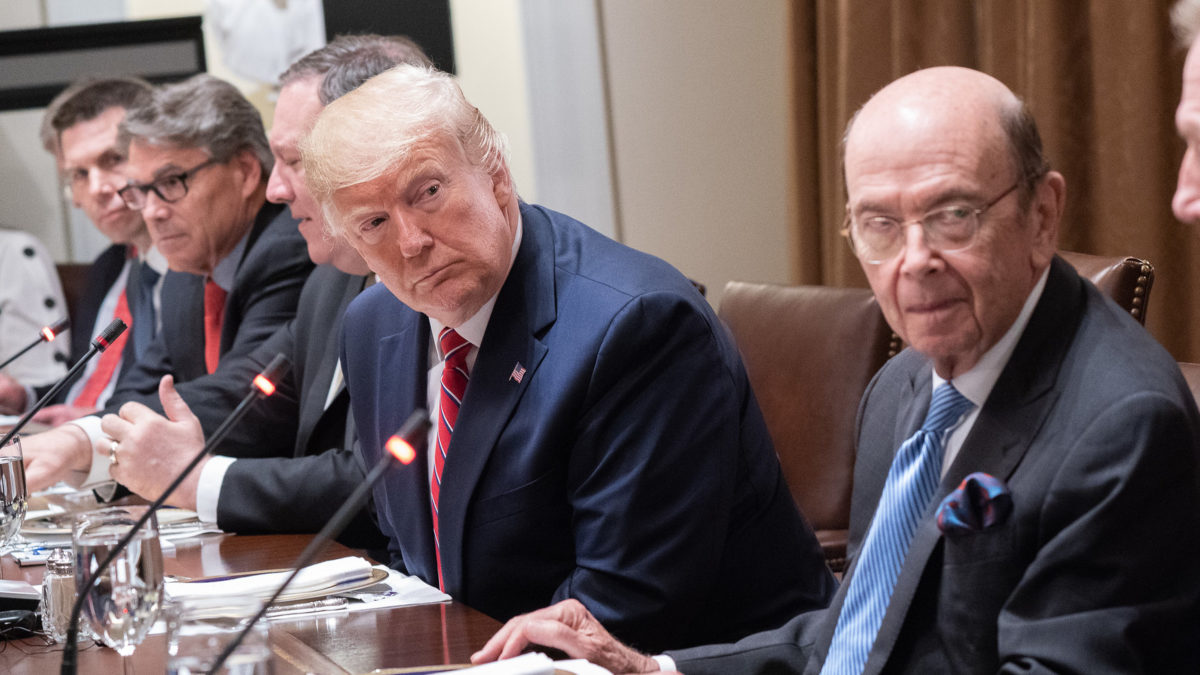CREW submits OGE comment on financial disclosure reforms


The release of personal financial disclosures for executive branch officials enables the public to uncover potential conflicts of interests and understand officials’ financial ties. These reports proved revealing under the Trump administration, indicating the need for more robust rules, more detailed forms and stronger enforcement mechanisms.
To be certain, the current reporting rules allowed an alarming number of conflicts under the Trump administration to come to light. Without public financial disclosures, former President Trump may have never disclosed his liability to Michael Cohen for the controversial hush money payment made to Stormy Daniels. CREW may have never learned about former Secretary of Commerce Wilbur Ross’s discrepancies between the total value of his reported assets and information he previously disclosed publicly about the extent of his wealth, which led CREW to file a complaint.
But while current financial disclosure rules have unveiled many conflicts of interest, the Office of Government Ethics should make reporting and rules more robust so that officials are more fully accountable to the public. CREW has submitted a comment to OGE calling for reforms of financial disclosure reporting and forms.
Some reforms that would increase transparency of our officials to the public would be to require the President and Vice President to report assets that exceed $50 million and release their disclosures within the first year that they take office. Other technical reforms, like indicating whether an asset is a mutual fund, stock, or private equity, would make disclosures more transparent and accessible to the public. Fuller transparency around officials’ potential conflicts of interest could reveal any lurking ethical problems or deter officials from having or maintaining financial conflicts in the first place.